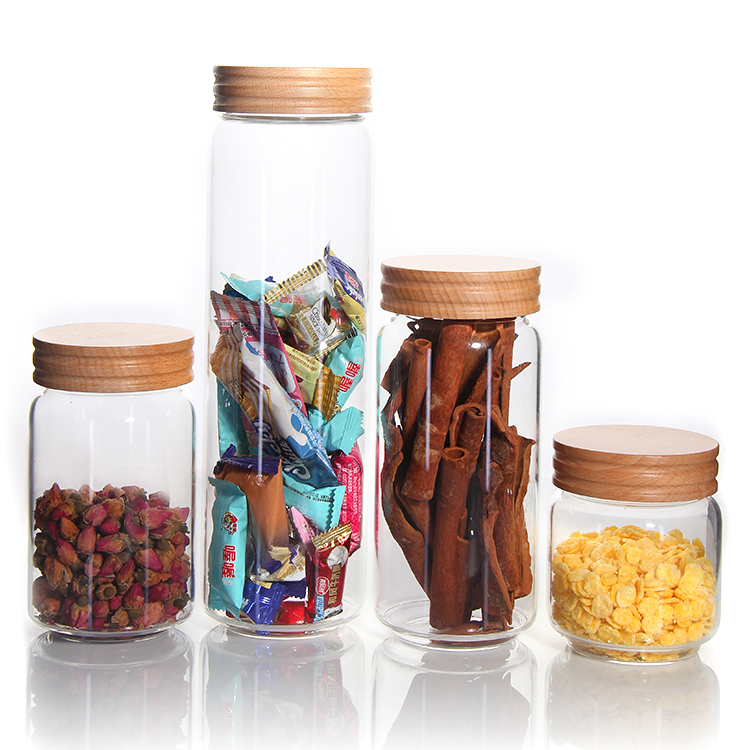 en
en  en
en Glass products are part of our everyday lives, from exquisite wine glasses to kitchen utensils to the water glasses we drink from every day - they all showcase stunning feats of glass craftsmanship.However,some manufacturers choose inferior glass in order to reduce costs; their production process uses raw materials with heavy metal content, including lead,arsenic mercury cadmium and chromium levels that exceed standards;over time consuming water from these inferior glasses may cause the buildup of heavy metals within your body and cause lasting harm to health-choosing food grade glass products is responsible both for yourself as well as for those around you in terms of health consideration.

(Image Source:Creative Package)
1. Primary Ingredients of food grade glass products
Food-grade glass products use as their core raw materials high-purity quartz sand, borax, boric acid, barium carbonate, limestone and other inorganic minerals that undergo high temperature melting processes such as shaping and annealing to become glass products we're familiar with today. Quartz sand is one of the key components in glass, with purity and quality directly impacting performance and quality in finished goods.
2. Properties of Food-grade glass raw materials
Pure: For safety and non-toxicity reasons, food-grade glass raw materials must meet high purity requirements in order to guarantee safe products made from glass. This ensures their long-term viability in the market place.
Heat Resistance: Food-grade glass raw materials feature excellent heat resistance and can withstand temperatures without cracking, making them suitable for use in microwave ovens and ovens for heating and baking food.
Corrosion resistance: Food-grade glass raw materials provide excellent corrosion resistance against acids, alkalis, grease and other substances, thus guaranteeing their stability and safety during use.
3. How to identify Food Grade Glass Products
Ordinary consumers find it easy to identify food-grade glass products. You can do this in several ways. First, by looking at their appearance - food-grade glass typically features high transparency and smoothness; secondly by checking labels or instructions which should show compliance with relevant standards or certifications; lastly by touching or tapping.
4. Introduction to the IDEA’s glass products
As a specialist in R&D and production of food-grade glass products, IDEA always insists on using high-purity raw materials; advanced production processes; and stringent quality control measures are employed to guarantee every product meets food-grade standards. We produce an array of bottles, tableware, medical equipment and other food-grade glass items which meet food-grade requirements - our consumers enjoy safe, healthy products with taste.
In short, the raw materials and quality of food-grade glass products are the key to ensuring their safety and non-toxicity. By understanding the main raw materials and characteristics of food-grade glass, we can better select and use these glass products that are closely related to our lives.